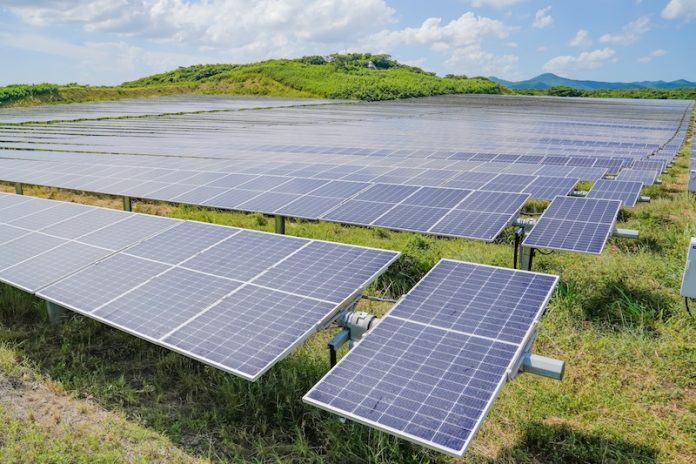
The stability of Australia’s solar power systems, a major component in the nation’s renewable energy transition, could be influenced by climate change.
Researchers from UNSW Sydney have investigated the potential impacts and shared their findings.
Solar Power in Australia
Grid-connected solar power systems, also known as large-scale photovoltaics (PV), are the fastest-growing renewable energy technology in Australia.
In 2022, renewables contributed to 35.9% of Australia’s electricity, with solar playing a major role. With plans to establish the world’s largest solar farm in Powell Creek, understanding the future dynamics of solar power becomes imperative.
Solar Power’s Vulnerability to Climate
Solar energy generation fluctuates due to cloud cover, seasonal cycles, time of day, and location.
Climate change can affect cloud patterns, leading to sudden variations in solar power generation. This can trigger power disruptions or even grid failures.
Impact of Climate Change on Solar Power Generation
By modeling solar generation patterns up to the year 2100, the research team discovered that disruptive solar generation events (ramps) will become more frequent and last longer, especially in the east coast and northern parts of Australia.
However, the severity (magnitude) of these events might decrease.
The changes are more prominent in high emission scenarios, a trajectory Australia seems to be on currently.
To handle solar power variations, large batteries can be used. They can store excess energy during peak production and release it during downtimes.
Integrating other renewable sources, such as wind power, can also help. The Hornsdale Power Reserve in South Australia, equipped with Tesla’s battery powerpack, serves as a successful example.
Another solution is to strategically place solar farms in areas less affected by these ramp events.
Global Implications
The research not only serves Australia but can also help other countries. The model developed by the team can be employed to study ramp events in different parts of the world, ensuring efficient grid operations as the global climate changes.
Climate change poses challenges to solar power stability. However, with informed planning and technological solutions, these challenges can be addressed.
The study serves as a guide for grid operators and policymakers as Australia and the world at large navigate a renewable energy future.
The study was published in Scientific Reports.



